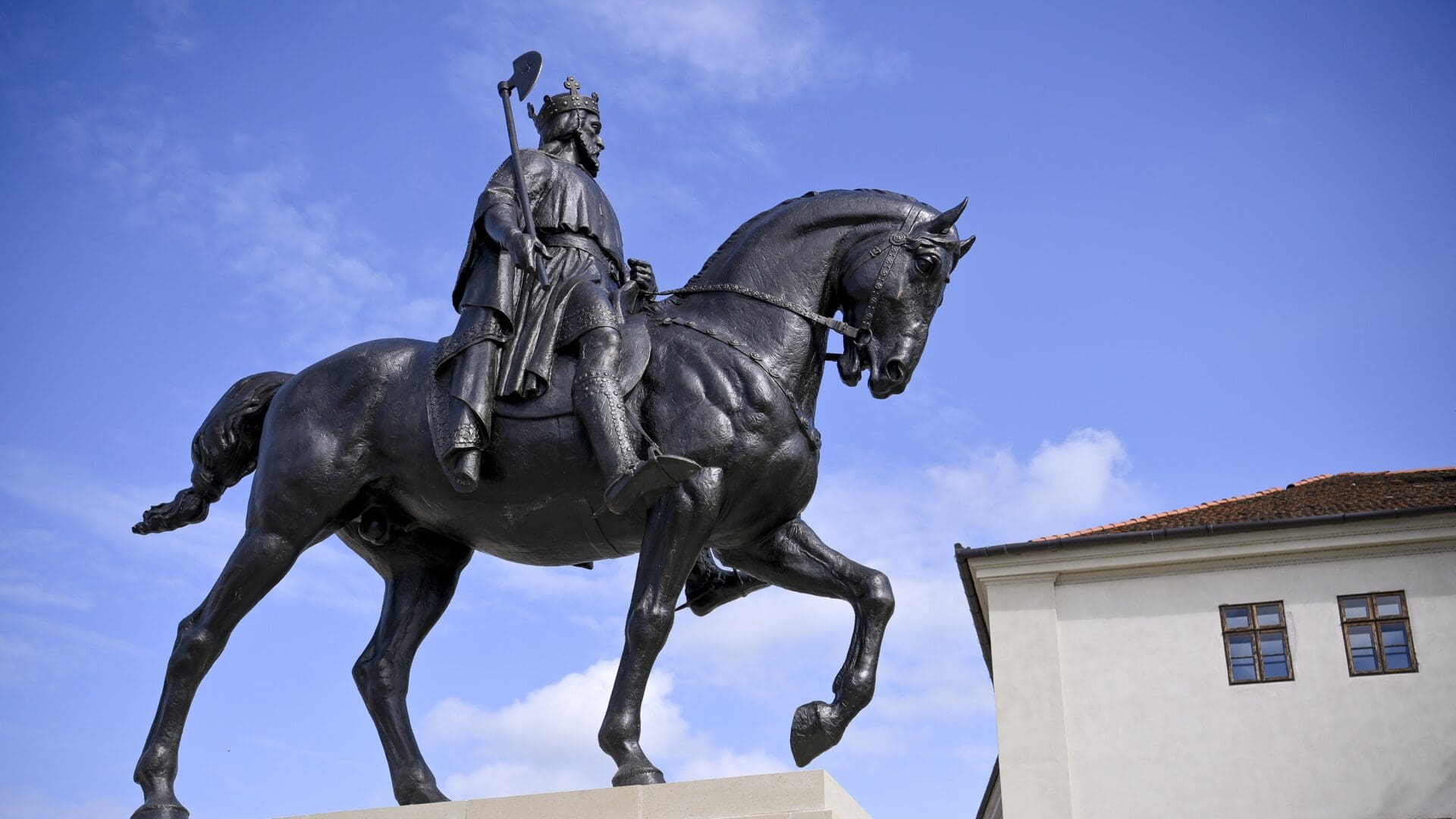The Art Nouveau Museum in the Darvas–La Roche House, reminiscent of the golden age of Nagyvárad (Oradea, Romania), was the most profitable attraction of the city last year, according to the 2023 report of the Foundation for the Protection of Historical Monuments of Bihar.
Managed by the foundation, which refurbished and converted the property into a museum a few years ago, the facility generated revenue exceeding 450,000 lei (35 million forints). Exhibitions evoking the early 20th-century lifestyle of the city’s residents attracted over 28,000 visitors last year, with income stemming from ticket sales and events held on-site.
Among the municipally-owned attractions, the most visited was The City Hall Tower with 36,000 visitors. The total number of visitors to attractions including the Sion Neolog Synagogue, the Museum of Jewish History, and the Temple of Freemasonry was nearly one hundred thousand, as stated in the report. In February, the city administration launched the Oradea with Love campaign aimed at promoting tourism in 2024.
As part of this initiative, the aforementioned facilities are open to visitors free of charge this year.
Accommodations participating in the campaign running from 1 March to 31 December offer guests numerous discounts if they stay for at least two nights. In addition to the aforementioned sights, visitors can also enter the Museum of Körös Region, the Ady Endre Memorial Museum, and the Oradea Fortress free of charge. They can enjoy free public transport for a day and receive discounts at participating cafes and restaurants.
Nagyvárad has been declared a nationally significant tourist destination due to its thermal waters, which attract hundreds of thousands of tourists annually, with many drawn by the proximity to the aqua park. The city administration aimed to provide them with an unforgettable experience by establishing a museum in several renovated heritage buildings, evoking the golden age of Nagyvárad in the early 20th century; reminding visitors that after Budapest, Nagyvárad used to be the second economic and cultural centre in the region.
The Darvas–La Roche House was first purchased, then renovated by the municipality using EU funds. Later it was transformed into Romania’s only Secession museum. The three-story villa, designed by the Vágó brothers between 1909 and 1912, is one of the city’s most important Secession-style buildings, furnished with period furniture. In recent years, thanks to the municipal façade-renovation programme, the downtown area’s other secessionist palaces and heritage buildings have also regained their former splendour.
Related articles:
Sources: Hungarian Conservative/MTI







